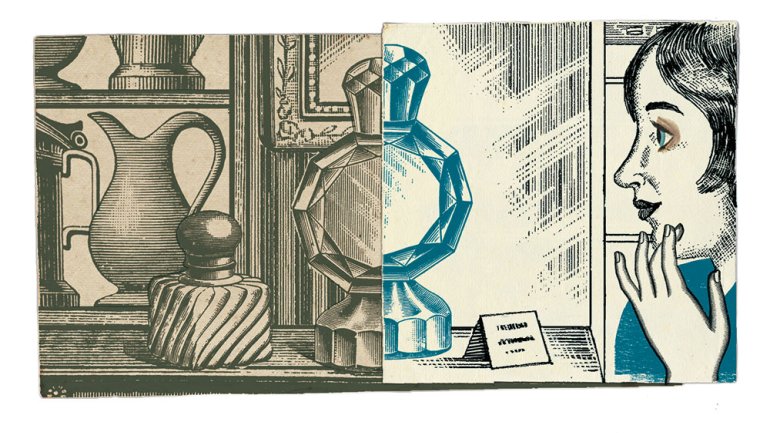What Do Museums Want?
What Do Museums Want?
Q: What makes someone’s collection of fine craft worth placing in a museum?
A: This question is increasingly important for collectors and museums alike. Why? It’s a matter of generational timing. Back in the 1970s, the very concept of a “craft collector” was a relatively new thing. Craft was typically sold in unprepossessing circumstances, either directly from studios or through fairs, to people who actually intended to use the things they were buying.
That changed dramatically in the 1980s and ’90s, thanks mainly to the efforts of galleries such as Braunstein/Quay, Peter Joseph, Heller, and Pritam & Eames. No longer did craftspeople make their money just from production work. Their objects were instead presented in a manner analogous to sculpture. Though it had a philosophical aspect, this was also a market phenomenon, a way to justify escalating prices and ambitions. The fairs of the American Craft Council [which publishes this magazine] and other expositions like SOFA and the UK’s Collect arose to feed this demand.
Today this model of craft, borrowed from the making and selling of fine art, seems to be on the wane. Private collectors – that breed that finances high-quality, unique, nonfunctional objects – seem to be more and more a thing of the past. Young buyers are increasingly engaged with other idioms within the world of craft: DIY, mass-customization, digital fabrication, and limited editions.
Where does this leave established studio craft collectors, the people who began collecting 30 years ago? Many are now at a stage of life where they must consider the disposition of their carefully assembled collections. Museums, in turn, must think hard about priorities. More isn’t necessarily better, given the costs of storage and preservation. As the comic Steven Wright quipped, you can’t have everything – where would you put it? Even a big museum (such as the one where I work) has a finite amount of gallery space. As studio craft arrives on the secondary market (where objects are resold), criteria of judgment become even more important.
So what do museum curators think about when considering acquisition, whether of a single object or a whole collection? First and foremost, they bear in mind the character of their own institution. Some museums specialize in one medium. Corning, Tacoma, and Toledo concentrate on glass, for example, while the Everson in Syracuse and the Gardiner Museum in Toronto focus on ceramics. Another aspect of a museum’s personality is location. When I worked at the Milwaukee Art Museum, we were more likely to acquire a piece with a compelling connection to Wisconsin.
Curators are also interested in provenance, that is, the story of the objects they acquire. Museums are repositories of cultural memory, not just troves of beautiful objects. It’s appealing to build a narrative through a single collection, especially if the collector is of historical interest in his or her own right. The Museum of Fine Arts, Houston, recently acquired large collections of jewelry from Philadelphia gallerist Helen Williams Drutt and ceramics from Garth Clark and his partner Mark Del Vecchio, for example. Those objects are much more meaningful because of their connection to prime movers in the craft world.
Also important are issues of quality. Is the object “early,” that is, among the first iterations of a maker’s idea, or is it a later, less historically important work? More simply, is it big? Large scale often is a marker of high ambition, in addition to helping an object stand out in a gallery context. Is it typical of the maker’s work? Or will it leave a distorted impression if shown in isolation?
Other qualitative variables are harder to pin down. Evidence of skill, innovative use of materials or processes, and conceptual depth all play a role. In making these judgments, curators are ultimately not so different from private collectors – except that we have the benefit of hindsight.
This leads to a final point. Often prospective donors want to see their entire collection acquired by a museum because they want their own authorship to be preserved. This is almost never realistic. “Cherry-picking,” as it’s often derisively called, may seem an unwelcome intrusion. But the museum’s most important role, after all, is to edit: to show its public the best of the best. At the end of decades of investment, both financial and emotional, the most generous thing a collector can do is stand back and let that happen.
Glenn Adamson is head of graduate studies at the Victoria and Albert Museum, London, and co-editor of the Journal of Modern Craft.

